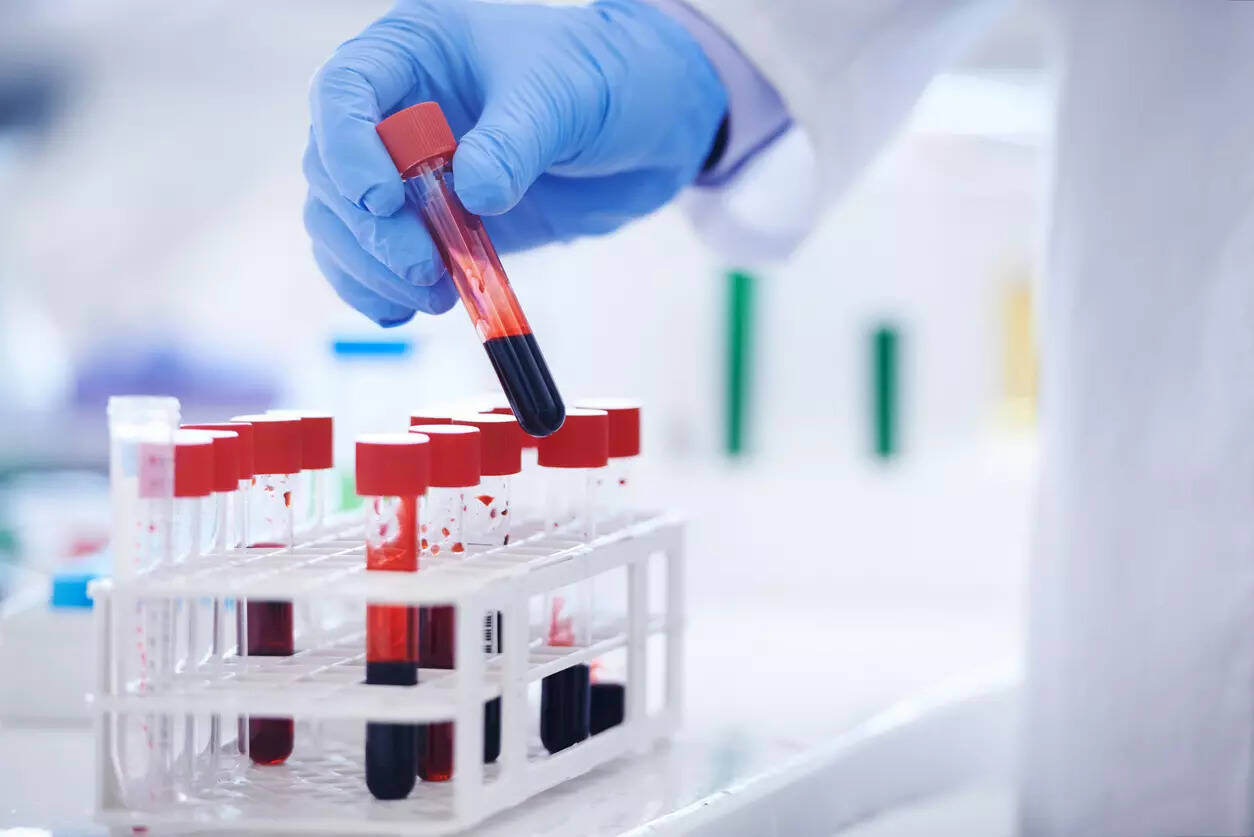
Lucknow: Doctors at King George’s Medical University (KGMU) have found a way to predict the risk of type II diabetes in elderly people through a simple blood test.
The team have identified markers, or special signs, in the blood, the study of which can help doctors identify signals that could lead to diabetes in future.
The study titled, ‘Evaluating Pro and Anti-inflammatory Biomarkers for Predicting Type II Diabetes Mellitus in the Geriatric Population and Correlation With Clinical and Biochemical Parameters’ was published in Cureus Journal in Jan.
The finding offers a new way to identify high-risk individuals before symptoms appear.
The research, conducted by Dr Sartaj Hussain under the guidance of Dr KK Sawlani, Dr Kauser Usman, and Dr Sanjay Khattri, compared 100 diabetic patients with 100 healthy individuals above 60 years of age.
The researchers used enzyme-linked immunosorbent assay (ELISA) methods to measure the biomarkers. It was found that diabetic patients had higher levels of certain inflammation-related substances in their blood, such as C-reactive protein (CRP), Tumor Necrosis Factor-alpha (TNF-α), Interleukin-6 (IL-6), and Cortisol. On the other hand, lower levels of protective substances like Interleukin-10 (IL-10) and Adiponectin were found in diabetic patients.
Researchers said by measuring these biomarkers, doctors can identify elderly individuals who are at higher risk of developing diabetes. Early detection can lead to timely care and preventive measures, potentially avoiding the onset of diabetes or its complications. The study also suggests that reducing inflammation in the body could help lower the risk of developing diabetes.
Prof KK Sawlani, faculty in the medicine department at KGMU, highlighted the importance of this study, saying, “This research opens new doors in the fight against diabetes among the elderly. By identifying people at risk through simple blood tests, we can offer early interventions that may prevent diabetes altogether. This can significantly improve the quality of life in older adults.”
Lucknow: Doctors at King George’s Medical University (KGMU) have found a way to predict the risk of type II diabetes in elderly people through a simple blood test.
The team have identified markers, or special signs, in the blood, the study of which can help doctors identify signals that could lead to diabetes in future.
The study titled, ‘Evaluating Pro and Anti-inflammatory Biomarkers for Predicting Type II Diabetes Mellitus in the Geriatric Population and Correlation With Clinical and Biochemical Parameters’ was published in Cureus Journal in Jan.
The finding offers a new way to identify high-risk individuals before symptoms appear.
The research, conducted by Dr Sartaj Hussain under the guidance of Dr KK Sawlani, Dr Kauser Usman, and Dr Sanjay Khattri, compared 100 diabetic patients with 100 healthy individuals above 60 years of age.
The researchers used enzyme-linked immunosorbent assay (ELISA) methods to measure the biomarkers. It was found that diabetic patients had higher levels of certain inflammation-related substances in their blood, such as C-reactive protein (CRP), Tumor Necrosis Factor-alpha (TNF-α), Interleukin-6 (IL-6), and Cortisol. On the other hand, lower levels of protective substances like Interleukin-10 (IL-10) and Adiponectin were found in diabetic patients.
Researchers said by measuring these biomarkers, doctors can identify elderly individuals who are at higher risk of developing diabetes. Early detection can lead to timely care and preventive measures, potentially avoiding the onset of diabetes or its complications. The study also suggests that reducing inflammation in the body could help lower the risk of developing diabetes.
Prof KK Sawlani, faculty in the medicine department at KGMU, highlighted the importance of this study, saying, “This research opens new doors in the fight against diabetes among the elderly. By identifying people at risk through simple blood tests, we can offer early interventions that may prevent diabetes altogether. This can significantly improve the quality of life in older adults.”

